Not all advertising platforms are created equal. If an ad campaign works for one platform, that certainly doesn’t mean it will work across the board.
Before you can successfully advertise on any one platform, you have to know how people use that platform, to begin with, and as a result how you can tell which of your ad campaigns have the best chance of success on any given platform.
Today, we’ll be covering the most popular and well-known advertising platforms, some alternative platforms you can use if necessary (and why you’d want to use them), as well as strategies you can use right away to boost your ad campaign’s chances of being successful on each one of these platforms.
Offers that Work For Some Paid Traffic Sources May NOT Work For Others.

Not every traffic source is appropriate for every offer you are aiming to promote to the marketplace. Specific offers will undoubtedly work better on specific platforms and bomb on others. You need to understand the nature of your platforms from where you want to consider driving traffic.
For example: If you go on Facebook to run an ad for personal injury lawyers or local plumbing services, this is probably not going to work.
Anything that seems too much like professional services, local or too situational (like an immediate pressing need) is almost guaranteed to be ignored on Facebook.
Another example would be a dentist running ads on Facebook. If that dentist runs ads for services that offer relief from a toothache, that ad will not work. However, if that same dentist provides tooth CLEANING, that ad may work. A dentist could have an effective ad if they have a compelling offer that stops people from what they were doing.
What Ads Work Best For Specific Platforms
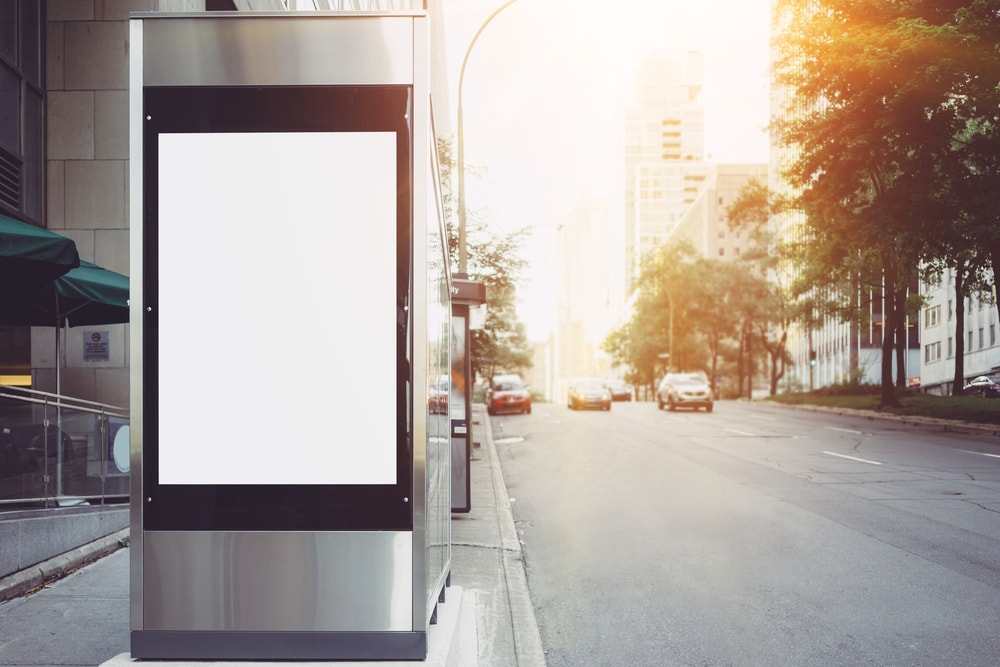
On Facebook, people don’t search for their news feed for “pressing need” ads. Instead, they would go to Google, Alexa, Siri, and so on for that.
Knowing and understanding how these services and platforms are designed to interact with your prospects, and working within those parameters, is critical if you want to have any chance of running a successful ad campaign.

Google uses what’s called query-based advertising.
In other words, people are actively searching for a solution to a problem (likely a pressing issue), a challenge, curiosity, and so on.
The people who run a search on Google will get many answers depending on their search. For instance, if they enter in gardening queries, they could look for anything ranging from:
- information about gardening
- gardening equipment
- hiring a gardener
- …and more
You need to ask about your ad and what you are promoting on Google: “Does what I’m selling lend itself to a pressing need? Does it lend itself to a search-based ad?”
You also want to see which of Google’s ad platforms you want to use (as they have a lot to choose from based on your specific needs)
If you’re selling an eCommerce product, you may want to use Google Shopping. If someone is on Google searching for jackets, shoes, books, widgets, and so on, you can use Google Shopping ads to pop right up on the listings.
If what you are promoting is service-based or B2B you can use Google AdWords. Again, if people are in pain or have a pressing need of some type, they will actively search for how to solve that need. This methodology works just as well for B2B as it does for B2C customers. The only real difference is the pressing need they’re looking to solve.
There’s also a compelling case for Google Display Ads. With Google Display Ads you can target people all across the internet on specific types of websites, so you can match your advertising message with the interests of your prospects that much more effectively. These ads, however, would be more disruptive ads, which we’ll cover in the next section in more detail.
YouTube
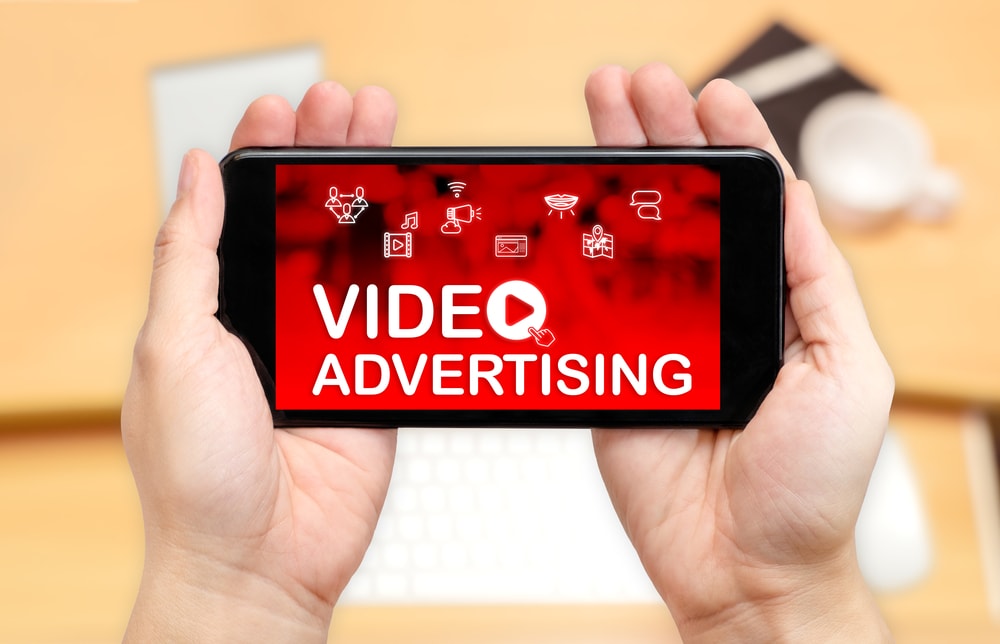
YouTube is an interesting advertising platform in the way that you can have both query-based ads as well as disruptive ads.
Let’s cover the second one first:
Disruptive ads are what people see when they’re not actively searching for solutions to any specific problems. They could be scrolling through a news feed, waiting for a video to play, and so on. If done right, disruptive ads stop people dead in their tracks by catching people’s attention just enough for them to click through your ad.
In YouTube’s case, this type of ad either plays as a video before (or in the middle of) the video they clicked on, or as a banner on the bottom of the video.
Disruptive ads here can work if the targeting is right, the offer is compelling, and the title and video thumbnail catch people’s attention.
Also, since Google owns YouTube, it can also be used for search-based ads. YouTube has a mix of entertainment and how-to videos that people typically search for and watch; this means you can create a video ad to pop up in the relevant search results (just like Google).

Facebook uses disruptive ads. Again, they’re not actively searching for solutions to any specific problems. This is even more pronounced as people use Facebook for social content. The only real problem people go to Facebook to solve are how to keep up with their friends and to get their daily fill of cat pictures and FailArmy videos.
Facebook is a digital Times Square. It is a pure cascade of messages that are vying for the attention of your prospects.
To get Facebook ads to work for you, you will need to create an ad that is compelling enough to stop them from what they were currently doing, to snap them out of the zombie-like trance they were in and have them follow you down the rabbit hole that you want them to go down.
As we mentioned at the beginning of this article, “pressing need” ads will not work here. There are too many variables that would have to be met for them even to see your ad, let alone be in the state of mind or body that would make them want to click on your ad. You will need to make your ad more social and eye-catching to work.

LinkedIn exists for businesses and business professionals.
They have a social news feed much like Facebook, but the people on LinkedIn are actively scrolling and looking for an edge in business. They may be trying to learn some specific skill. They may be trying to network with other people.
LinkedIn is social networking like Facebook, but for business professionals.
At face value, it may look similar to Facebook, with the news feed and the comments. What’s different is the mindset of the people that are on LinkedIn.
They don’t log in to look at photos of their grandkids, pictures of food, or to argue politics. People usually go on LinkedIn specifically for business.
While Facebook ads may be the more disruptive advertisement, one can argue that LinkedIn ads aren’t so much disruptive, but you could use something like native advertising to make your ads more effective.
What Is Native Advertising?
Native Ads are ads that don’t look like ads. They look like part of the surrounding environment and, as a result, they have a higher likelihood of being clicked like a standard navigation link on the site.
Native Advertising means you’re trying to blend in seamlessly to the look and feel of what’s going on in that website or platform, so the ad and content that you’re trying to share will feel more organic and natural on that page. This type of ad would move them toward you a little bit easier.
In other words, it doesn’t look like a banner ad.
In fact, the most successful ads on Google Display Ads are ones that look like they’re part of the site (again, as opposed to looking like an ad.) Since the ad seems like a natural part of the site, people are more likely to click on it, not realizing that they just clicked on an ad.
Matching Offers to the Traffic Source

It’s important not just to match the traffic source to the offer, but also to match the offer to the traffic source.
Though not all offers are a natural match for your target traffic source, you can make some adjustments to the offer to make a square peg fit into a round hole a little better.
For example: If you want to use Facebook as your traffic source, but your offer may not precisely match the requirements that we previously discussed right out of the gate. At the same time, you want to test your offer out to see that you’re not leaving too much money on the table.
What you could do in this instance is add an incentive that would catch the eye of people whom you target in your ads, people that would naturally gravitate toward that offer.
Examples of such incentives would be:
It’s important not just to match the traffic source to the offer, but also to match the offer to the traffic source.
Though not all offers are a natural match for your target traffic source, you can make some adjustments to the offer to make a square peg fit into a round hole a little better.
For example: If you want to use Facebook as your traffic source, but your offer may not precisely match the requirements that we previously discussed right out of the gate. At the same time, you want to test your offer out to see that you’re not leaving too much money on the table.
What you could do in this instance is add an incentive that would catch the eye of people whom you target in your ads, people that would naturally gravitate toward that offer.
Examples of such incentives would be:
- Limited time discount
- Limited time free giveaway
- Contest (great option if you’re a new business)
Again, the main reason you may need to do more incentivizing for your offer in a Facebook ad is that they need to stop people in their tracks from what they were doing; they aren’t in active pursuit of what you’re offering.
On the other side of the coin, you may not need to do as much incentivizing if you’re doing a Google search and people are actively looking for the solution that you offer.
Banned Offers

Many offer types are not compliant with major ad networks. They are either highly restricted or simply banned outright.
Here are some of the offer types that are banned outright:
- Tobacco
- Drugs
- Weapons and ammunition
- Adult products and services
- Surveillance equipment
- Personal health (ads that promote unlikely results)
- Multi Level Marketing
For more detailed information on banned and restricted offers, take a look at Facebook’s Advertising Guidelines.
Alternative Traffic Sources
Now, just because you won’t be able to advertise your offer on big networks like Facebook, Google YouTube, and so on, not all hope is lost. There are plenty of options to choose from to still get your offer seen by the masses, such as:
Direct media buying
With direct media buying, you would be buying advertising space directly on someone’s website. You would still have to get permission to advertise on their site and pay some money to do so, but most likely the standards for getting your ad approved for that one site will be far less stringent than the major ad networks.
Advertorial opportunities on a website
Advertorials are an example of native advertising at work. An advertorial is mostly an ad disguised as an editorial piece.
One offline example of this is workout magazines (specifically the bodybuilding magazines). Here they often have “special reports” talking all about a product through the eyes of a spokesperson who is supposedly using the product.
An advertorial can be in the form of a sponsored post on websites that allow these posts. Some lesser known, niche news sites may offer such opportunities.
Here is a list of sponsored content services.
Newsletter or direct email marketing promotions
These are also known as “solo ads” by other internet marketers. You specifically target these ads to an influencer’s email list.
These can be incredibly powerful since you are borrowing that influencer’s credibility. Here you can promote whatever offer you want, as long as the influencer allows you to send it to their email list (remember, it’s their credibility on the line as well).
Content distribution networks
You generally find content from these distribution networks gets promoted on article sites. These links to these articles tend to be located at the end of each article on that site. The content distribution networks most commonly used are:
- Taboola
- Outbrain
- RevContent
- Zergnet
Using Content (such as a blog post, video, etc.) as a Traffic Source
With this method, you can most likely use the big traffic networks like Facebook. However, you do this in a much less direct way.
An example of this is creating content (whether it be an article, video, podcast or any other media) that indirectly references a product you want to promote, then has a call to action at the end linking to the product.
Let’s say, for example, you want to promote an affiliate product that helps you build sales funnels for you and your clients. Affiliate promotions are generally looked down upon by Facebook and other primary traffic sources, so you have to go about it differently.
So instead of trying to sell the product outright (using a cookie-cutter sales page), you create content that gives a tutorial on how you would build a sales funnel, while you happen to be using that tool you would be promoting. This way it would not just be educational on a general level, but it would also demonstrate your product in action without calling too much attention to it.
At the end of the content, you would want to segway into a compelling call to action to your sales page.
Wrapping It Up
Now you know the specific types of ads and offers that would work best for each major traffic source, and why that’s the case for each traffic source. However, just knowing these specific on where to place which offer will not be enough to attract a flood of traffic, leads, and sales to your business.
To get the traffic, leads, and sales that you want from any advertising campaign takes time, testing, and an understanding of how to designate a budget, utilize the necessary resources at your disposal, and the ability to execute a full-funnel strategy that takes full advantage of the opportunities present with paid advertising.
We at Traffic Champions diagnose, plan, and execute on strategies that make your paid advertising campaigns work with your business goals.

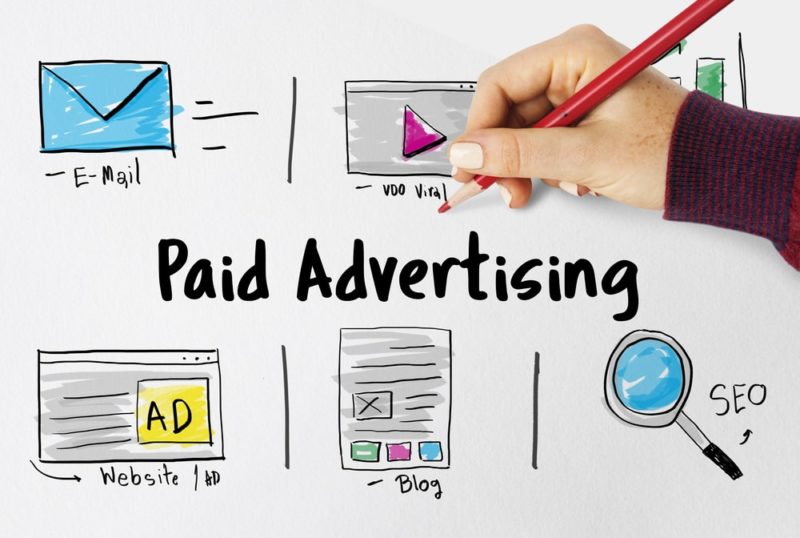
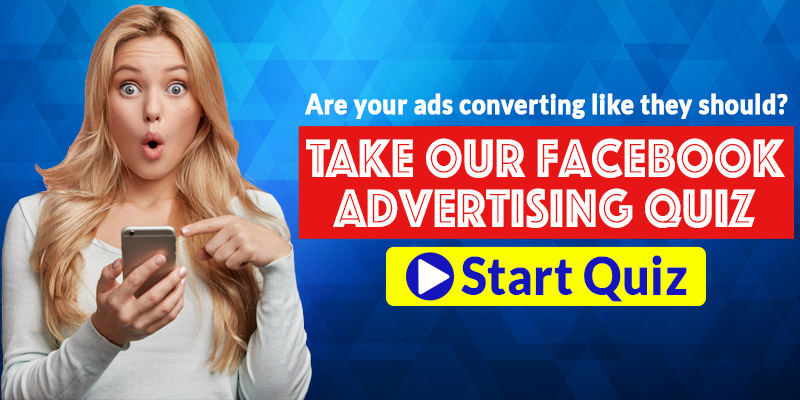
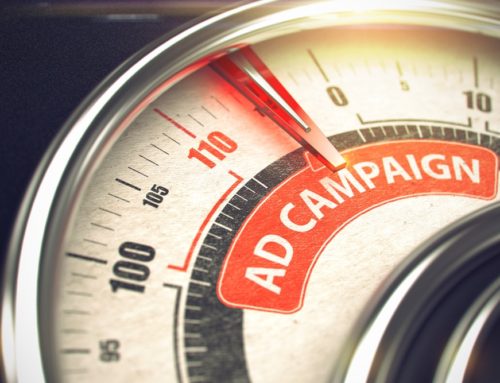
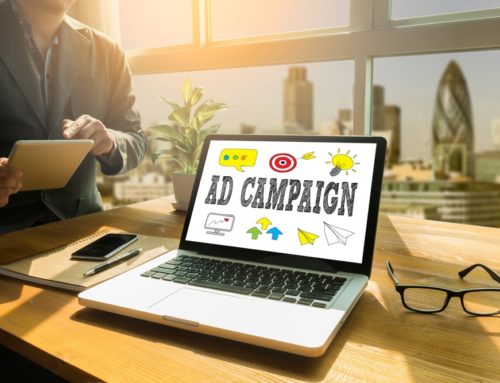

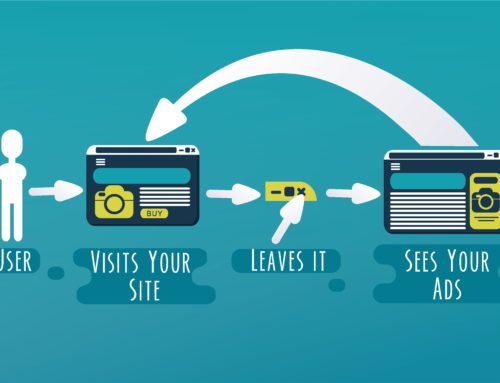

Leave A Comment